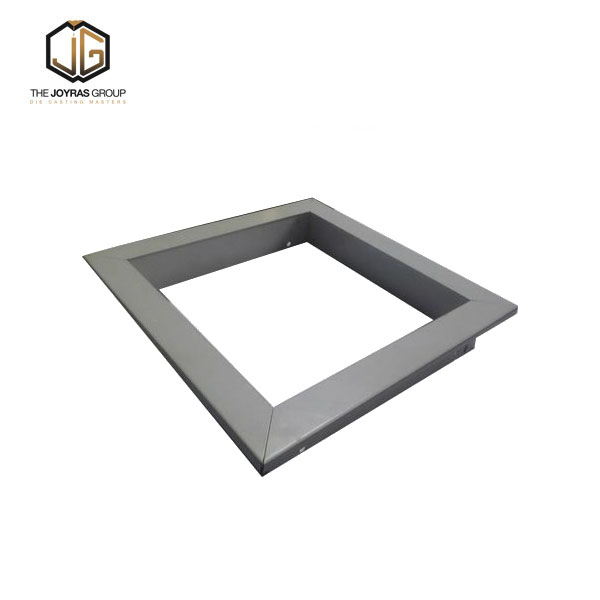Characteristics of Aluminium Alloy LED Light Housings
2024-07-28
Aluminium alloy LED light housings are designed to encase and protect LED lighting components while offering effective heat dissipation and durability. These housings are widely used in various lighting applications, including residential, commercial, and industrial settings. Here are the key characteristics of aluminium alloy LED light housings:
1. Material Properties
- Aluminium Alloy: Made from high-quality aluminium alloys, typically including elements like silicon, magnesium, or copper, to enhance strength, durability, and thermal conductivity.
- Lightweight: Aluminium alloy is lightweight compared to other metals, making it easier to handle and install.
2. Heat Dissipation
- Thermal Management: Excellent thermal conductivity, which helps dissipate heat generated by the LED lights. This prevents overheating and prolongs the lifespan of both the LED components and the housing.
- Heat Sinks: Often includes integrated heat sinks or fins designed to enhance heat dissipation, ensuring optimal performance and longevity of the LEDs.
3. Durability and Strength
- Corrosion Resistance: Aluminium alloy has natural resistance to corrosion, which is enhanced by anodizing or other protective coatings. This makes it suitable for use in both indoor and outdoor environments.
- Impact Resistance: Provides good mechanical strength and impact resistance, protecting the LED components from physical damage.
4. Design and Aesthetics
- Customizable Shapes: Available in various shapes and designs to accommodate different lighting applications and architectural styles. Common designs include rectangular, round, and linear profiles.
- Finish Options: Can be finished with different surface treatments such as anodizing, powder coating, or painting to improve appearance and provide additional protection.
5. Weather Resistance
- Sealed Enclosures: Often designed with weather-resistant features, including sealed gaskets or rubber O-rings, to protect against dust, water, and other environmental factors.
- IP Ratings: Available in different Ingress Protection (IP) ratings, such as IP65 or IP67, to indicate the level of protection against water and dust ingress.
6. Mounting and Installation
- Versatile Mounting Options: Includes various mounting options such as surface mounting, recessed mounting, or pendant mounting to fit different installation requirements.
- Ease of Installation: Designed for ease of installation with features like pre-drilled holes or mounting brackets.
7. Compatibility
- LED Integration: Specifically designed to house LED lighting modules or strips, often featuring custom mounting points or clips to secure the LEDs in place.
- Driver Housing: Some designs include compartments or provisions for housing LED drivers and other electrical components.
8. Efficiency and Performance
- Optimal Lighting Performance: Designed to ensure that LED lights operate at their best efficiency, thanks to effective heat management and protection.
- Reflective Surfaces: May include reflective coatings or internal surfaces to maximize light output and distribution.
9. Maintenance and Accessibility
- Maintenance Access: Features such as removable covers or panels to allow for easy access to LED components for maintenance or replacement.
- Cleaning: Smooth surfaces and finishes facilitate easy cleaning and maintenance.
10. Cost and Value
- Cost Factors: The cost of aluminium alloy LED light housings can vary based on factors such as size, complexity, surface treatment, and additional features.
- Value: The durability, heat management, and aesthetic appeal of aluminium alloy housings offer long-term value, reducing the need for frequent replacements and ensuring consistent lighting performance.
Summary
Aluminium alloy LED light housings are engineered to provide effective protection, heat dissipation, and durability for LED lighting systems. With properties such as lightweight construction, excellent thermal conductivity, corrosion resistance, and versatile design options, these housings are suitable for a wide range of lighting applications. Their ability to withstand environmental factors and ease of maintenance make them a practical choice for both indoor and outdoor lighting solutions.



